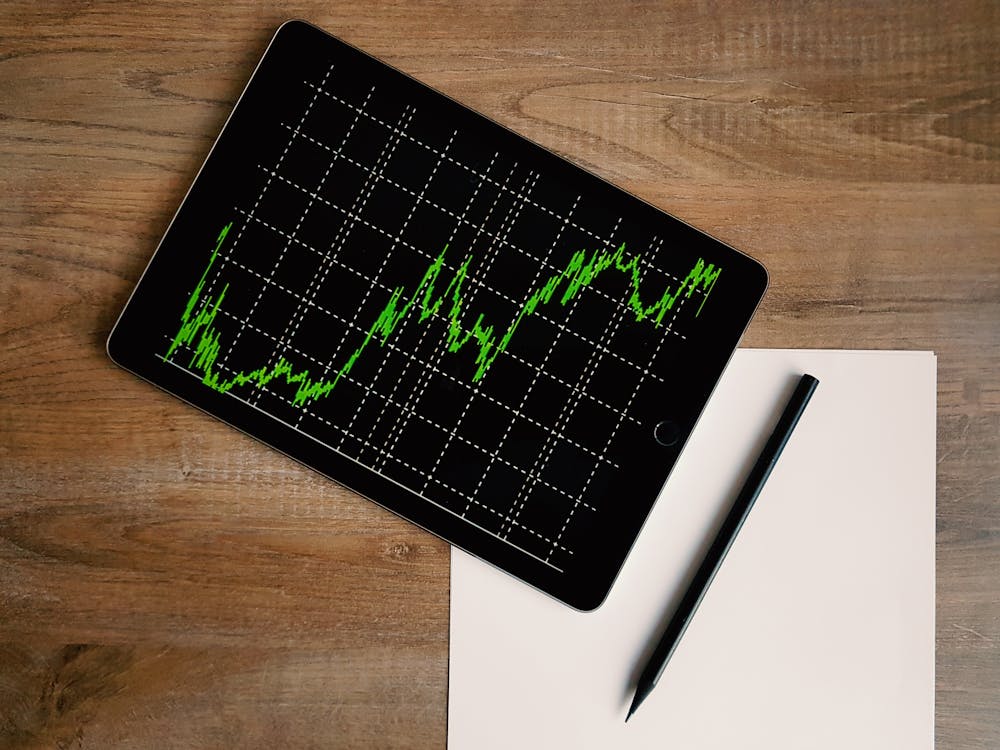Fighting The Fed

Image Source: Pexels
There was no joy on Wall Street yesterday. Little by little, day by day, it is becoming clearer: getting home won’t be easy:
‘Buying the dip’ is not a good idea. Fighting the Fed is a losing proposition. And the Fed is no longer supporting asset prices.
Remember, this is a transition period. It’s hard to get a sense of what is really going on. But nearly three years ago, it looked to us as if the Primary Trend had reversed. We thought we were at the beginning of a major bear market. Stocks and bonds were headed lower.
The bond market peaked out in the summer of 2020. Since then US bonds are down more than 15%. But consumer prices are up nearly 20%. So, if you get your principal back now, you’re taking a loss of about 35%.
Worldwide Bond Slide
Here’s Bloomberg on the worldwide bond slide:
Treasuries Selloff Goes Global as Benchmark US Yields Near 5%
Traders are bracing for 10-year US yields to top 5% for the first time since 2007 after they jumped to 4.85% this week. The correlation between Bloomberg’s gauge of global securities and an index of Treasuries has reached the highest since March 2020.
A relentless selloff in US government bonds is sparking tumult across major bond markets, as traders come to grips with the realization that interest rates are likely to remain higher for longer.
As for stocks…it took another 18 months (after bond yields bottomed out), but they finally turned down in the beginning of 2022. At yesterday’s close, Dow investors were about 10% down, in nominal terms. Add the 20% loss of purchasing power and they’re off 30%.
These are serious setbacks.
"Your first loss is your best loss,” said the old-timers. By that, they mean that when you see the trend going against you, you should go home as soon as possible.
Higher for Longer
And even CNBC is catching on:
That cracking sound in financial markets isn't the typical kind of break, where one asset class or another fractures and gives way. Instead, this is more a break in a narrative, one that has widespread repercussions.
The narrative in question is the one where the Federal Reserve holds interest rates low and everyone on Wall Street gets to enjoy the fruits.
That's changing.
In its place comes a story in which rates are going to stay higher for longer, an idea Fed officials have tried to get the market to accept and which investors are only now beginning to absorb.
‘Higher for longer’ is causing cracks in many different mirrors. Home buyers, for example, are looking at 30-year fixed-rate mortgages that are butting up against 8%. That’s a big change from the low of 2020 when you could get a 30-year rate of just 2.65%. There must be many people kicking themselves for not locking in that low rate when they had the chance.
Our baseline assumption is that higher interest rates will trigger a financial crisis. But they’ll cause an economic crisis too. Many homeowners with low-rate mortgages can’t afford to sell their houses. They’ve got a sweet deal; they need to hold onto it. Other people – looking at much higher interest payments – can’t afford to buy.
Low Rate Fantasy
Looking at housing as a percentage of earnings, we see it reaching the highest level ever recorded, at 43% of median income. The result? One of the nation’s key industries – housing – goes into hibernation. Pending house sales are the lowest they’ve been since April 2020 – when the country was locked down. And housing starts are running at barely half the level they hit in 1973 – half a century ago when the country had 120 million fewer people.
But the cracks and crumbling aren't limited to the housing sector. The basic building brick for the whole world’s financial edifice is the US 10-year T-bond. Yesterday, the real yield (adjusted for inflation) on the 10-year rose to 2.27%. That was what it was in January 2009, just after Ben Bernanke began his disastrous ultra-low rate fantasy (as if you could actually make people better off by falsifying the cost of capital!)…the proximate cause of today’s financial distress.
Until Bernanke went off the rails, the US financial system retained at least the appearance of sanity. It could walk and talk, more or less like a normal economy. People remembered where they lived; they could still get home.
It cost money (positive interest rates) to borrow back then…which limited debt to what people could afford. But then, after the Fed dragged interest rates below zero, in real terms, the sky was the limit. That is what made the US financial world what it became – 2009-2020 – cloud cuckoo land, where fake capitalists borrowed fake money at fake interest rates in order to make fake profits.
Those profits disappear when the whole fake hullabaloo comes to an end. Then, we suddenly sober up, look for our car keys….and try to remember how to get home.
More By This Author:



